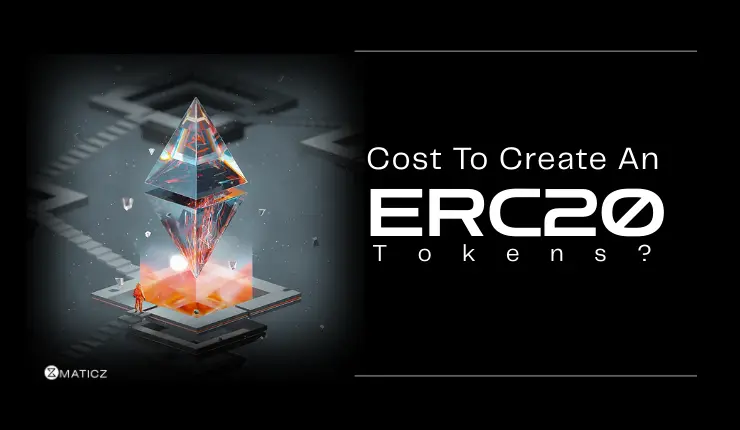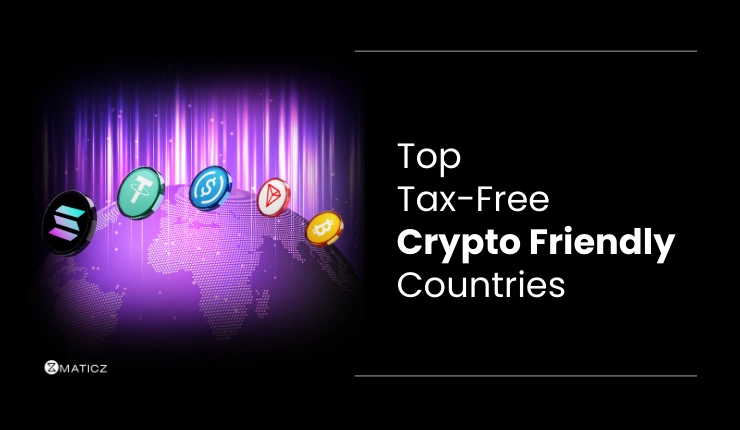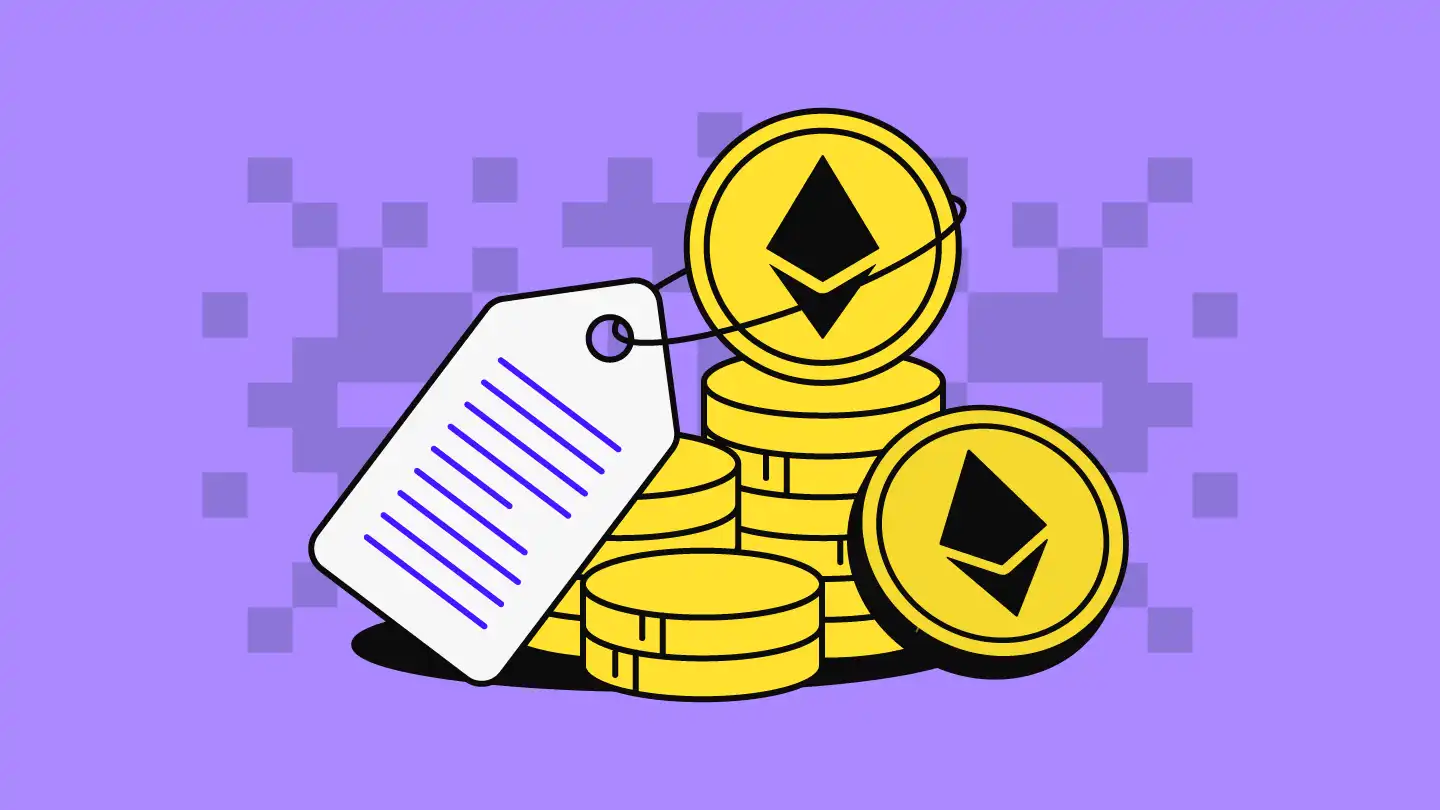Share Posts

Cryptocurrency Exchange Development Process - Explained
68
5362
103
Cryptocurrency is emerging to meet the needs of a safer, cross-border, and more convenient financial transaction method without an intermediary. Further, ongoing shifts in the financial landscape, independent of select transaction modules and decentralization increase the demand for Crypto exchange.
A cryptocurrency exchange is a medium through which cryptocurrencies or virtual currencies are transacted or traded. Some mind-blowing facts about cryptocurrency exchange that signify the increasing need for cryptocurrency exchange development are stated below.
In 2021, the annual trading volume of cryptocurrency exchanges exceeded.
The market cap of top cryptocurrency exchanges (Binance, Kraken, and Coinbase) was over $ 1.5 Trillion in 2021.
Binance is the largest cryptocurrency application (based on revenue) that witnessed 40 million record users in 2021.
Coinbase is another popular cryptocurrency exchange platform that is beginner-friendly and has the largest user base.
According to a new report from Statista, revenue in the cryptocurrency space is expected to reach around $43 bn.
The growing demand for these exchange platforms paves the way for technological companies to set foot in this blooming space with versatile Cryptocurrency exchange development services.
The features and services of cryptocurrency exchange are already discussed in numerous articles, and this blog focuses exclusively on the cryptocurrency exchange development process and describes why it is necessary.
Steps Involved in Cryptocurrency Exchange Development Process
The step-by-step process involved in any cryptocurrency exchange development process is stated below.
1. Brainstorming & Consultation
The first and crucial step of the crypto exchange development process is ideation and technical consultation. In this step, essential tasks like plan development, requirement gathering, understanding of business objectives, and planning of solution architecture. Mapping of smart contracts, evaluating technical and non-technical possibilities, etc., are undertaken.
The features (including security) to be implemented into the cryptocurrency exchange are finalized in this step and the effectiveness of the crypto exchange mainly depends on brainstorming & technical discussion.
2. Interface Design
It involves designing technical & other graphical requirements of the cryptocurrency exchange platform. In this process, the following activities are usually finalized or completed.
(i) Stabilization of basic functionality
(ii) Outlining of development methodology
(iii) PoC development based on GDPR standard
(iv) Designing of platform based on user-centric approaches
(v) Demonstration of in-application flow & user module
(vi) Evaluation of smart contract implementation
(vii) Inclusion of cloud-storage facility, etc.
After finalizing or completing design requirements, the development of smart contracts begins.
3. Smart Contract Creation
A smart contract is the core component of any cryptocurrency exchange (decentralized, centralized, or hybrid) as it eliminates the involvement of third-party, and automates many of the complex or time-consuming processes in the platform thus saving considerable time and cost.
User acceptance and engagement in cryptocurrency exchange are dependent on the scalability of smart contracts. In addition, the development of smart contracts determines the ROI and the adaptability of cryptocurrency exchanges based on market fluctuation.
In Smart contract development, evaluation of smart contract requirements (based on the crypto exchange platform functionality), integration of DApp to suitable blockchain, execution of business logic & platform features, and optimization or audition of smart contract based on quality testing tasks are completed.
4. Front-end & Back-end Design
The designing of the front & back end of the cryptocurrency platform with the stunning visual and captivating interface is necessary to enhance user engagement. The design approach should be user-focused and the platform must be user-friendly without any technical glitches. Some crucial steps associated with this process are
(i) Mobile Optimized design
(ii) Development of API & Gateway
(iii) Customization of transaction state
(iv) Evaluation of feedback for every transaction
(v) Updating platform designs based on the smart contract data.
Some common features that are included in the cryptocurrency exchange platform during this phase are a trade engine, order book, crypto trading bot, copy trading with expert strategies, security protocols like KYC/AML, liquidity management, analytics, multi-language support, numerous payment solutions, crypto wallet, etc.
5. Quality Assurance
After completing front & back-end designs, the next step is to check their applicability and functionality to ensure that the platform is free of technical error. In quality assurance, full-cycle or testing of a specific component of the crypto exchange occurs based on the testing approach. It involves automated & manual checks of the cryptocurrency exchange platform, testing of integrated functions, front & back-end functional testing, control of resource consumption, auditing software, and preparing test reports.
6. DevOps Inclusion & Architecture Optimization
DevOp inclusion steps involve continuous integration, updating & implementation of source code updates to AWS remote network, server configuration, refactoring solution structure, automation of delivery modules, etc. Optimization of integrated functionality, caching the platform, infrastructure monitoring, migration of architecture to AWS server, etc., are the tasks associated with infrastructure optimization.
7. Crypto Exchange Platform Deployment
Once the exchange platform is validated and modified or enhanced based on the results from the previous process, the next step is to deploy the platform. In the deployment process, deployment and validation of the cryptocurrency exchange platform on the test net occur and then, main net deployment takes place. Technically, the development process is completed at this stage and the remaining steps described in this blog are included based on the business requirement.
8. Upgrade and Support
Following the deployment, the incorporation of additional features or optimization of existing features based on the pre-business discussion is done. Post-launch upgrades or support usually includes
(i) Assistance for listing token
(ii) Implementation of the trade portfolio
(iii) Prioritizing Backlog
(iv) Updating platform based on feedback-based ecosystem
(v) Integration of additional microservices or smart contracts based on the requirement
(vi) Inclusion of market analytics, risk management & reporting tools
(vii) Configuration of cryptocurrency exchange
(viii) Platform migration based on request
(ix) 24/7 support
(x) Instant query or concern resolution
The above steps are necessary for the development of a new-age cryptocurrency exchange development platform.
Partner With Maticz For Cryptocurrency Exchange Development
Maticz is the globally leading cryptocurrency exchange development company that excels in offering fine-tuned crypto exchange solutions encompassing enterprise-grade security and ground-breaking features. Our seasoned crypto developers stand out in tailoring exchange solutions according to the client's unique requirements. We focus on integrating multiple trading models that empower businesses to offer unparalleled crypto trading experiences for their clients.
Maticz prioritizes implementing security protocols, advanced technologies, and frameworks to future-proof the crypto assets. We ensure to integrate secure crypto payment gateways to offer a hassle-free transaction experience. Maticz is renowned for leveraging agile methodology for developing a crypto exchange to ensure the timely delivery of the platform.
Tap Into the Future
The latest insights, posts, and project updates - straight to your inbox.




